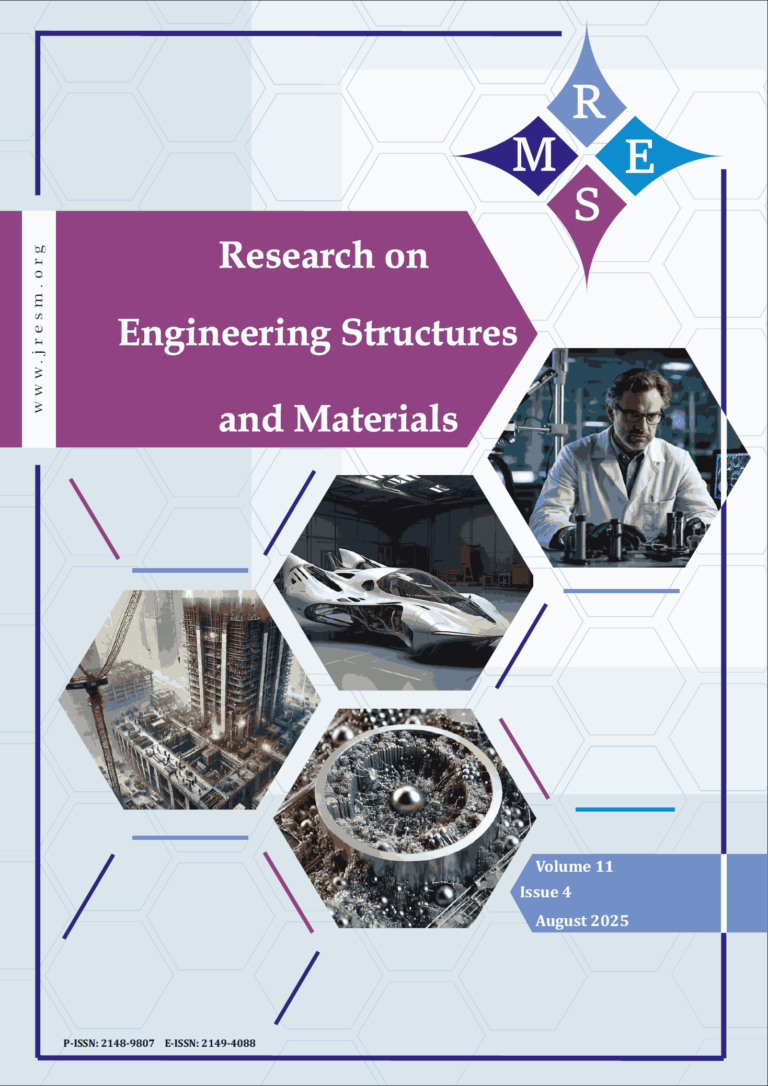The strength and durability properties of concrete using nano-silica and alccofine after exposed to higher temperatures were investigated in this study. Concrete with 3% nano-silica and 15% alccofine were prepared and water cured for 28 days. In an electric boogie furnace, concrete specimens with and without nano-silica and alccofine were heated to 400°C and 800°C for 4 hours. The specimens then were allowed to cool until they reached room temperature. The compressive strength test was used to determine strength, whereas the water absorption, porosity, and rapid chloride permeability tests were conducted to check durability properties. SEM images were used to examine the microstructure of concrete specimens at elevated temperatures. According to the test results, the strength and durability properties of concrete using nano-silica and alccofine deteriorated at high temperatures. At room temperature, concretes containing alccofine and nano silica performed better than control mixes. A severe loss in strength and a significant increase in charge pass, water absorption and porosity were observed at 800°C for concrete using alccofine and nano silica. The microstructural analysis using scanning electron microscopy methods also reported that the porosity increased with increase in temperature.
